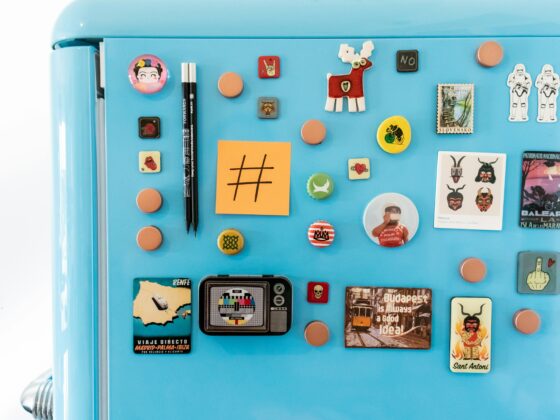PLATINUM CRAFT / fastcompany
What do a vegan and an Amex platinum holder have in common? You’ll learn it before you even sit down at the restaurant. Plenty has been said about the new Amex and Chase Platinum cards, especially the fees. If you live for Lululemon and DoorDash credits, sure, it’s a solid deal. But what really grabs me is the craft: they literally turned the card into a pocket mirror, the payoff from months of hands-on R&D:
The team landed on UV lasers to etch customer names and numbers on the card, while printing elements like the brand’s centurion logo in ink. It experimented with several finishes to protect the surface to resist smudges and scratches, and then, the team attacked it mercilessly with keys.
In a world where wallets live in our phones and even passport stamped are becoming redundant, a mirror-finish metal card is a sly reminder that touch still sells, Amex is betting hard on the psychology that we prize what we can actually feel.
Rest assured, whipping out your Platinum just for the spectacle is tacky, but still less tacky than wearing a dad hat that says “thinking.”
HUMAN IS THE ULTIMATE LUXURY / nyt
AI isn’t about to replace jobs wholesale; it will commodities the easy bits so people can focus on the truly ultra-luxury touches. By stripping labour out of the repetitive work, especially the stuff that makes service pricing brutal, it keeps experiences viable. You might never hire a full-time driver, but you might spoil yourself with an autonomous car and hand over the keys for good.
AI also can’t displace jobs where human context is the whole play. Concierges are the prime example: sure, an agent can learn your preferences and book your favourite restaurant, but it can’t sweet-talk the maître d’ at the latest hype room, call in a favour, and repay it later. Those miracles hinge on knowing the elite circles, who still owe you for getting their VIP into Art Basel, and when to “swap a client’s jet for a last-minute Louvre visit” without bruising egos. That reciprocity flywheel, “I’ll catch you next time”, is the currency AI can’t mint.
Until AI can read the room, and the politics behind it, hospitality brands have to keep their core intelligence in the hands of actual humans.
ROBOTIC HOSPITALITY / figure ai
Tell me you’re not from hospitality without telling me you’re not from hospitality.
AI and robotics companies love to trot out hotel examples in their demos, even though most of the time they don’t touch a real hospitality pain point. The latest example is Figure AI and the launch video for Figure 03: a robot that can apparently do it all, but mostly seems thrilled to cosplay a front-desk agent, greeting guests and handing over their room key.
The video feels pre–“I, Robot” era, considering that in 2025 a digital room key is hardly futuristic. If your vision of hospitality is replacing guest-facing staff paid minimum wage with a $150K humanoid, you might want to revisit the basics. A kiosk is faster. An online check-in is cheaper. If you’ve got voice AI and facial recognition, why stick a robot there at all? Figure AI, maybe keep thinking…
If you’re absolutely determined to staff hotels with robots, at least have them crack eggs for breakfast or haul luggage upstairs. Then we can finally debate the real question: how much do you tip your robot bellhop?
W Hollywood









